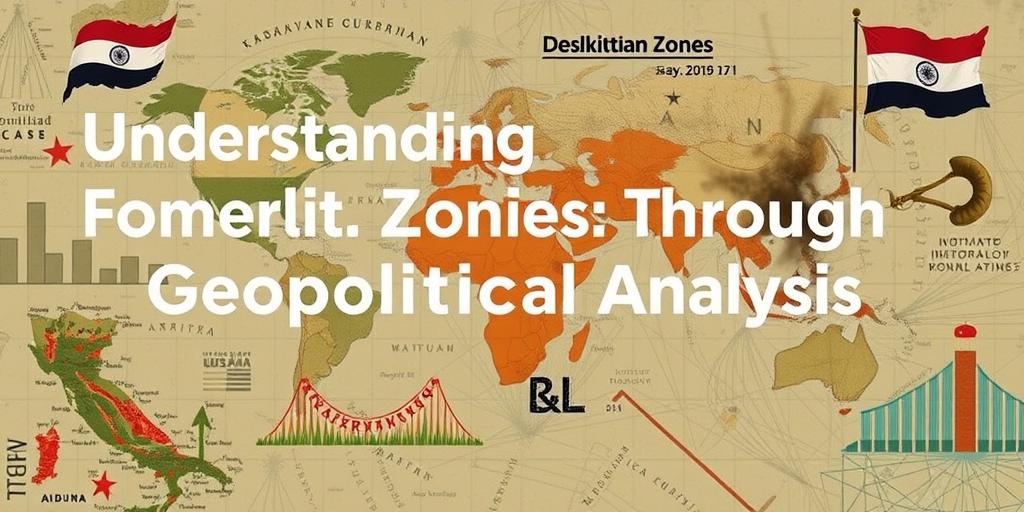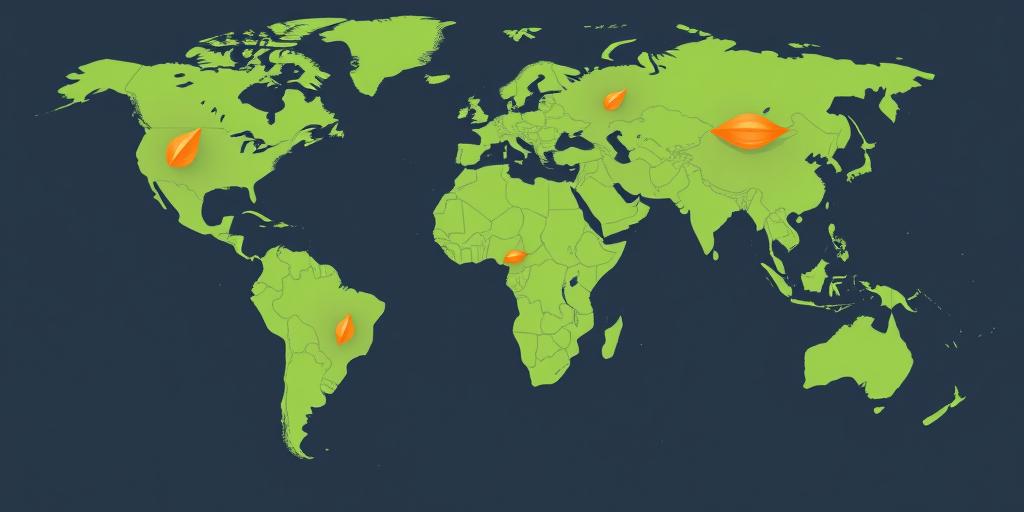Climate Change and Its Influence on Border Conflicts
Explore the connection between climate change and its influence on border conflicts. Understand how resource scarcity, migration, and political instability intensify disputes.

Climate Change and Its Influence on Border Conflicts
Climate Change and Its Influence on Border Conflicts
Climate change, a phenomenon characterized by significant alterations in global temperature and weather patterns, is increasingly recognized as a potent catalyst for various global challenges. Among these is the exacerbation of border conflicts. This post delves into the intricate ways in which climate change influences and intensifies disputes over shared resources and territorial boundaries.
Resource Scarcity
One of the primary mechanisms through which climate change fuels border conflicts is resource scarcity. Rising temperatures, altered precipitation patterns, and increased frequency of extreme weather events can diminish the availability of essential resources such as water, arable land, and fisheries. When these resources become scarce, competition intensifies, particularly in regions where resources are already limited or unevenly distributed across borders. This competition can escalate into disputes and even violent conflicts as communities and nations vie for access to these vital resources.
Displacement and Migration
Climate change-induced displacement and migration also contribute significantly to border conflicts. As regions become uninhabitable due to desertification, sea-level rise, or other climate-related disasters, populations are forced to migrate in search of safer and more sustainable living conditions. This movement of people often leads to increased pressure on border areas, straining the resources and infrastructure of host communities. The influx of migrants can create tensions with local populations, leading to social unrest and conflicts over land, water, and other resources.
Impacts on Agriculture and Livelihoods
Changes in climate patterns can have profound effects on agriculture and livelihoods, particularly in regions heavily dependent on agriculture. Shifts in temperature and precipitation can disrupt growing seasons, reduce crop yields, and increase the risk of crop failure. These impacts can lead to food insecurity, economic hardship, and social instability, which in turn can exacerbate border conflicts. Communities struggling to sustain their livelihoods may resort to cross-border raiding or other forms of conflict to secure resources and ensure their survival.
Political Instability and Governance
Climate change can also indirectly influence border conflicts by undermining political stability and governance structures. Climate-related disasters can overwhelm government capacity, disrupt essential services, and erode public trust. In regions already characterized by weak governance or political instability, these impacts can further weaken institutions and create opportunities for non-state actors to exploit grievances and incite conflict. Border regions, often marginalized and underserved, are particularly vulnerable to these dynamics.
Case Studies
Several real-world examples illustrate the link between climate change and border conflicts. In the Lake Chad Basin, shrinking water resources due to climate change have intensified competition among farmers, herders, and fishermen from neighboring countries, leading to frequent clashes. Similarly, in the Arctic, melting ice caps have opened up new shipping routes and access to valuable resources, leading to increased territorial disputes among Arctic nations.
Mitigation and Adaptation Strategies
Addressing the influence of climate change on border conflicts requires a multifaceted approach that combines mitigation and adaptation strategies. Mitigation efforts, such as reducing greenhouse gas emissions, are essential to slowing the pace of climate change and reducing its long-term impacts. Adaptation measures, such as improving water management, promoting climate-resilient agriculture, and strengthening disaster preparedness, can help communities and nations cope with the unavoidable impacts of climate change and reduce the risk of conflict.
Conclusion
Climate change is a significant driver of border conflicts, exacerbating resource scarcity, displacement, and political instability. Addressing this challenge requires concerted efforts to mitigate climate change, adapt to its impacts, and strengthen governance structures in vulnerable regions. By working together to address the root causes of climate change and its impacts, we can reduce the risk of border conflicts and promote peace and stability around the world.







